
Dubai
April 9, 2022Paris
Paris is the capital and most populous city of France, with an estimated population of 2,165,423 residents in 2019 in an area of more than 105 square kilometers (41 square miles), making it the 34th most densely populated city in the world in 2020. Since the 17th century, Paris has been one of the world’s major centers of finance, diplomacy, commerce, fashion, gastronomy, science, and arts, and has sometimes been referred to as the capital of the world.
AND HERE WE’LL TELL YOU WHY WE FELL IN LOVE WITH THIS CITY
Paris is the capital and most populous city of France, with an estimated population of 2,165,423 residents in 2019 in an area of more than 105 square kilometers (41 square miles), making it the 34th most densely populated city in the world in 2020. Since the 17th century, Paris has been one of the world’s major centers of finance, diplomacy, commerce, fashion, gastronomy, science, and arts, and has sometimes been referred to as the capital of the world. The City of Paris is the center and seat of government of the region and province of Île-de-France, or Paris Region, with an estimated population of 12,997,058 in 2020, or about 18 percent of the population of France, making it in 2020 the largest metropolitan area in Europe, and 14th largest in the world in 2015.
Paris is a major railway, highway, and air-transport hub served by two international airports: Paris–Charles de Gaulle (the second-busiest airport in Europe) and Paris–Orly. Opened in 1900, the city’s subway system, the Paris Métro, serves 5.23 million passengers daily; it is the second-busiest metro system in Europe after the Moscow Metro. Gare du Nord is the 24th-busiest railway station in the world, but the busiest located outside Japan, with 262 million passengers in 2015. Paris is especially known for its museums and architectural landmarks.
The Eiffel Tower (La Tour Eiffel)
The Eiffel Tower is acknowledged as the universal symbol of both Paris and France. It was originally designed by Émile Nouguier and Maurice Koechlin. In March 1885, Gustave Eiffel, known primarily as a successful iron engineer, submitted a plan for a tower to the French Ministre du Commerce et de l’Industrie. He entered a competition for students studying at the university. The winning proposal would stand as the centerpiece of the 1889 Exposition. Eiffel’s was one of over 100 submissions. Eiffel’s proposal was finally chosen in June 1886. Even before its construction, the Tower’s uniqueness was noticed. The Eiffel Tower was finally inaugurated on March 31, 1889. Currently, about 6.9 million people visit the Eiffel Tower each year.
Musée d’Orsay (Orsay Museum)
The Musée d’Orsay is an art museum on the left bank of the Seine originally constructed as a train station in the late 1890s. It was designed by Gae Aulenti, Victor Laloux, and Émile Bernard. The Musée opened in 1986, and exhibits artworks from 1848 to 1914 with emphasis on French Impressionism.
Sections of the museum focus on Symbolism, Naturalism, Impressionism, Post-Impressionism, Pont Aven School, and Art Nouveau, to name a few. A culmination of nearly ten years of government commitment and dedicated teamwork, the museum presents some idea of what occurred in France between 1848 and 1914 in the fields of painting, drawing, sculpture, opera design, architecture, photography, metalwork, furniture, ceramics, and textiles.
Musée du Louvre (Louvre Museum)
The Louvre Palace, originally built as a medieval fortress in the year 1190 by King Philippe Auguste, was transformed by successive governments. Since the French Revolution, it has hosted the Musée du Louvre, one of the largest museums of the western world. It houses some of the most popular and culturally ethnic form of art. The Louvre opened to the public on August 10, 1793. On March 3, 1989, I.M. Pei inaugurated his Glass Pyramid, which also serves as an official entrance to the main exhibition hall, which in turn leads to the temporary exhibition halls. The Musée is divided into three wings: Sully, Richelieu, and Denon, which showcase 35,000 pieces of art, much of it dating back to the Middle Ages. Some of the most renowned pieces of art in the Louvre are Leonardo da Vinci’s Mona Lisa, Venus of Milo, the Winged Victory of Samothrace, Liberty Leading the People, and the Dying Slave by Michelangelo.
Notre-Dame de Paris
The Notre-Dame de Paris is the largest cathedral in Paris. It was started to be built in 1163 by Maurice de Sully, the then appointed bishop of Paris. The construction campaign was divided into 4 parts, and was done by well-known builders of that era: Jean de Chelles, Pierre de Montreuil, Pierre de Chelles, Jean Ravy, Jean le Bouteiller. It took over 100 years for the Notre-Dame to be built completely. It was built in honor
of Virgin Mary, making it a bishop’s church, a canon church and a baptistery.[16] It is one of the main symbols of Paris. It is located at Île de la Cité, a small island in the heart of the city. There have been several historical events that have taken place here, including the marriage of King Henry IV and Marguerite de Valois, in 1594 and Napoleon I coronation in 1804.
Disneyland Paris
Disneyland Paris (formerly Euro Disneyland) is an amusement park in the Paris region. It is the most popular amusement park in Europe in terms of attendance records.
The Sainte Chapelle
The Sainte-Chapelle is a royal medieval Gothic chapel, located near the Palais de la Cité, on the Île de la Cité in the heart of Paris, France. Begun some time after 1239 and consecrated on 26 April 1248,[25] the Sainte-Chapelle is considered among the highest achievements of the Rayonnant period of Gothic architecture. Its erection was commissioned by King Louis IX of France to house his collection of Passion Relics, including Christ’s Crown of Thorns – one of the most important relics in medieval Christendom. Along with the Conciergerie, the Sainte-Chapelle is one of the earliest surviving buildings of the Capetian royal palace on the Île de la Cité. Although damaged during the French revolution, and restored in the 19th century, it retains one of the most extensive in-situ collections of 13th-century stained glass anywhere in the world.
Credit: Paris – Wikipedia
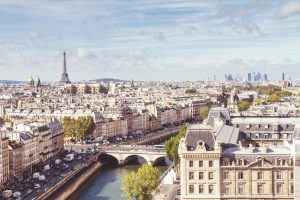
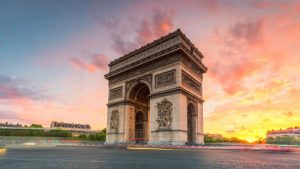
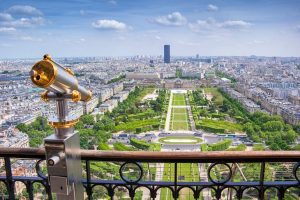
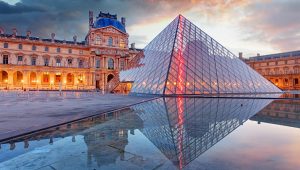
Related products
-
Barcelona
Barcelona is one of the world’s leading tourist, economic, trade fair, and cultural center and its influence in commerce, education, entertainment, media, fashion, science, and the arts all contribute to its status as one of the world’s major global cities.
-
Dubai
Dubai is the most populous city in the United Arab Emirates (UAE) and the capital of the Emirate of Dubai. It was established in the 18th century as a small fishing village, the city grew rapidly in the early 21st century into a cosmopolitan metropolis with a focus on tourism and hospitality.
-
Hawaii
Hawaii is a U.S. state that is an archipelago in the Pacific Ocean.
Tourism makes up 21% of the state’s economy, with many of Hawaii’s largest industries revolving around the constant flow of tourists.
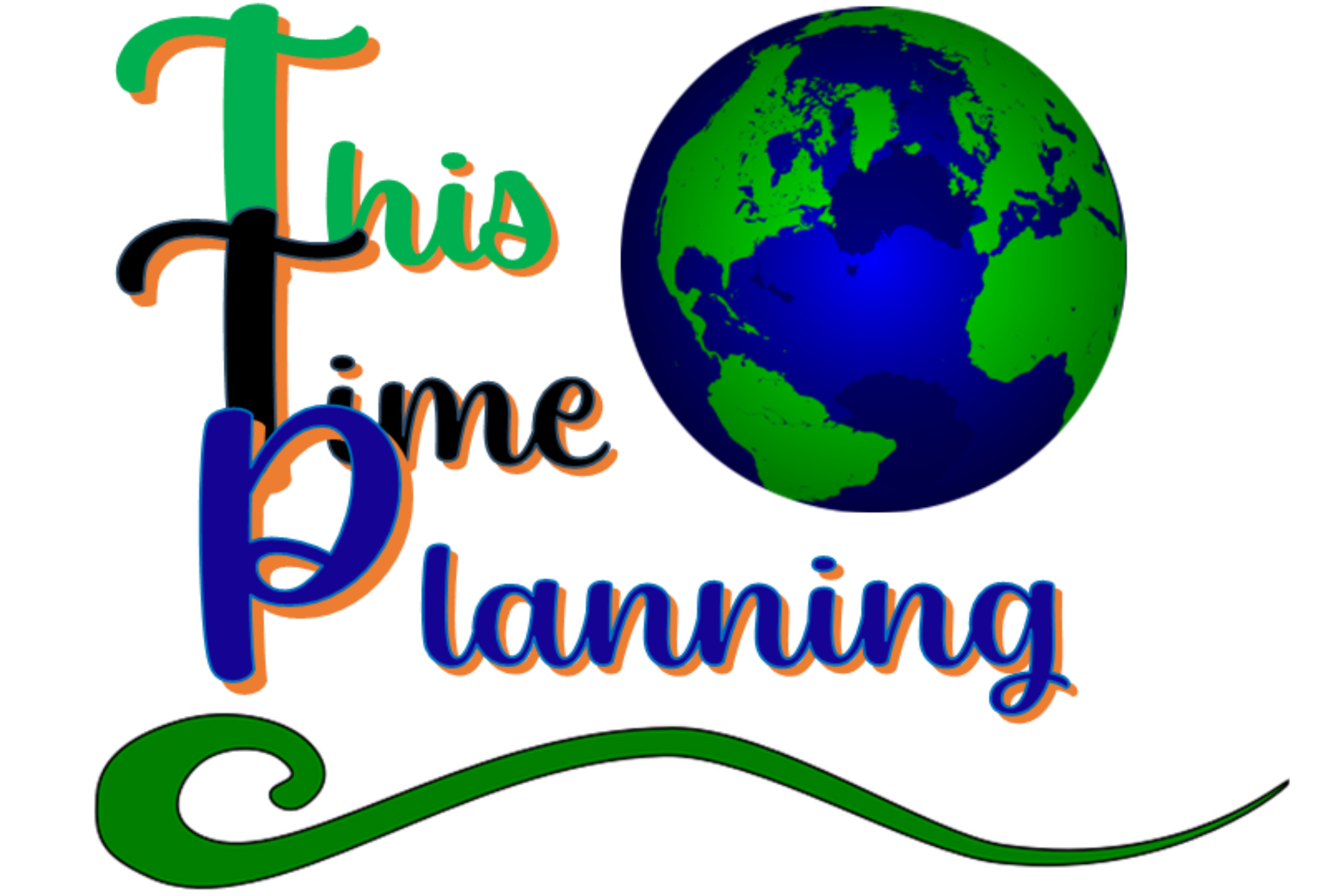
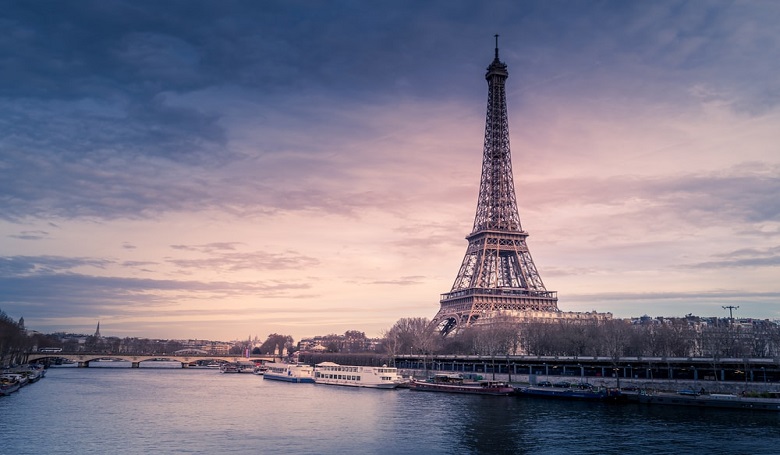
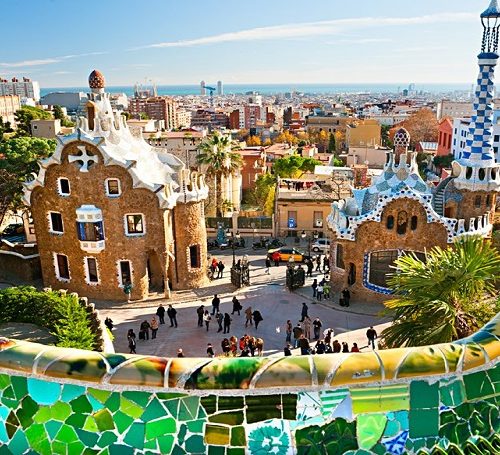
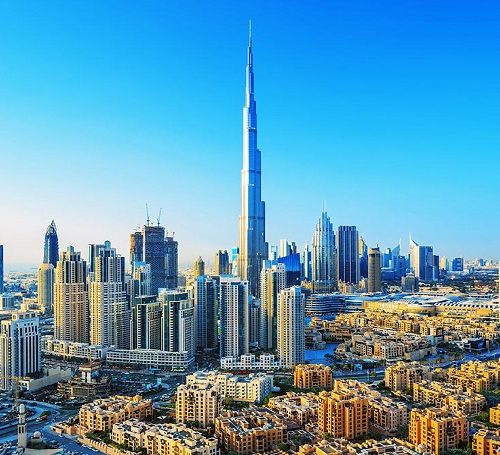
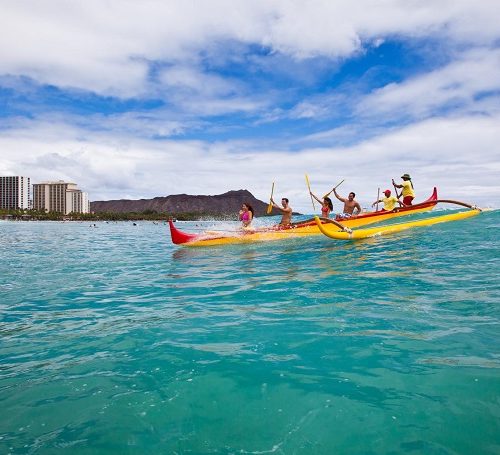
Reviews
There are no reviews yet.